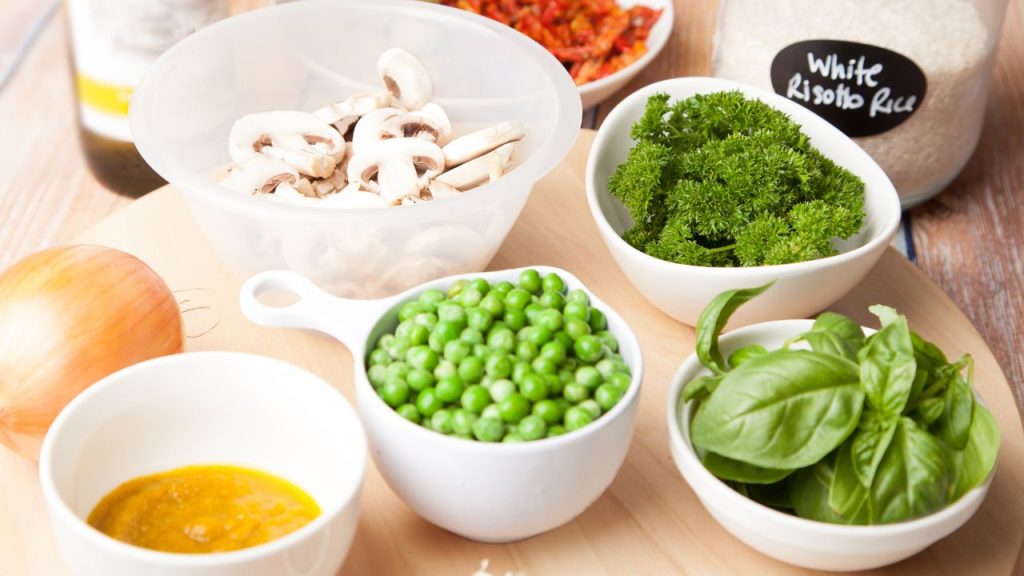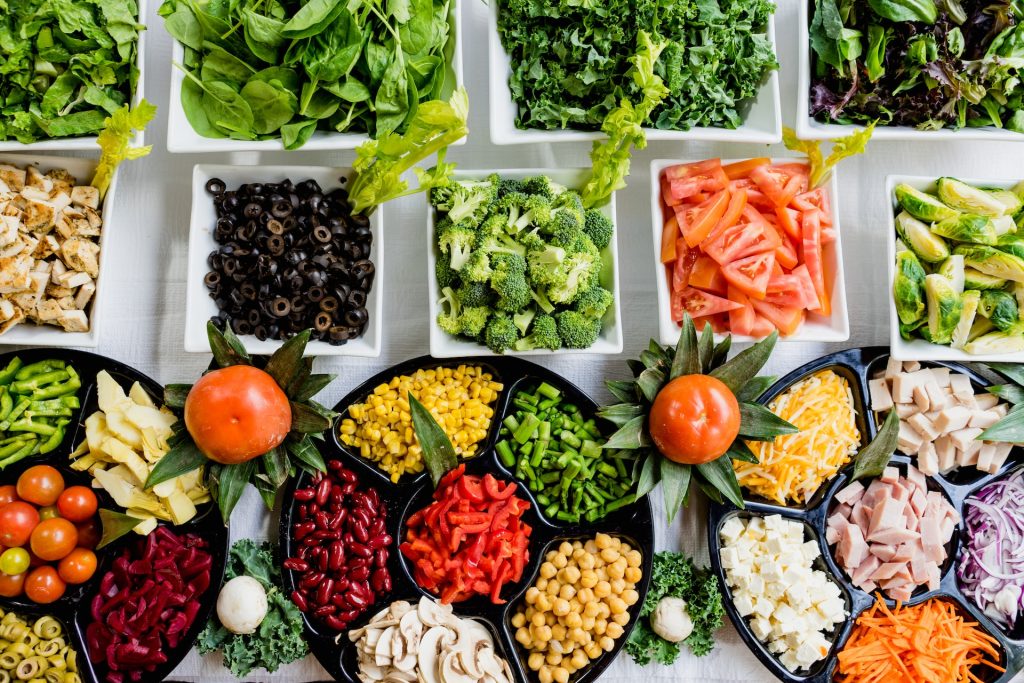In today’s world, where environmental concerns are at the forefront of our minds, creating a sustainable diet plan has become more important than ever.
Not only does it help reduce our ecological footprint, but it also promotes a healthier lifestyle.
This blog post will explore practical tips and strategies to help you create a sustainable diet plan that aligns with your health goals and contributes to a better future for our planet.
1. Understanding Sustainable Diets
Before we delve into the specifics, let’s understand what sustainable diets entail.
Sustainable diets are those that have a minimal impact on the environment while providing optimal nutrition.
They emphasize plant-based foods, locally sourced and seasonal ingredients, and responsible consumption of animal products.
By adopting a sustainable diet, you can contribute to mitigating climate change, preserving biodiversity, and improving your own well-being.
2. Assessing Your Current Eating Habits
To embark on a sustainable diet journey, evaluating your current eating habits is crucial. Take some time for self-reflection and identify areas where you can make improvements.
Consider the types and quantities of food you consume and your food waste practices.
Setting realistic goals based on your findings will lay the foundation for a successful and sustainable diet plan.
3. Choosing Sustainable Health and Wellness Products
When transitioning to a more sustainable lifestyle, we must consider the products we use for our health and wellness.
Opting for sustainable health and wellness products not only benefits our well-being but also positively impacts the environment.
Firstly, look for products that use natural and organic ingredients.
These products are typically free from harmful chemicals and pesticides, promoting a healthier lifestyle while minimizing negative environmental effects.
Secondly, consider products that utilize eco-friendly packaging materials, such as recyclable or biodegradable containers.
This helps reduce waste and lessens the burden on landfills, contributing to a more sustainable waste management system.
Also, choose cruelty-free and vegan products, meaning they have not been tested on animals and do not contain any animal-derived ingredients.
This supports ethical practices and animal welfare while aligning with a sustainable lifestyle.
Furthermore, seek out brands that prioritize sustainable sourcing practices.
The team at Melaleuca stand by this practice and recommend including environmentally responsible practice beyond ingredient sourcing and processing in your brand search.
These brands should obtain their ingredients in a manner that minimizes harm to ecosystems, promotes biodiversity, and supports fair trade and local communities.
You contribute to sustainable agriculture and responsible sourcing practices by supporting such brands.
Embracing a minimalist approach can also be beneficial. Select products with fewer ingredients and avoid unnecessary additives.
Simplifying your routine not only reduces your environmental impact but also allows you to focus on essential, high-quality products that meet your health and wellness needs.
Researching and reading labels is also important to ensure that your chosen products align with your sustainability goals.
Look for brands that value transparency and provide information about their sustainability practices.
Certifications or memberships with recognized organizations can indicate a brand’s commitment to sustainability in the industry.
4. Incorporating Plant-Based Foods

Plant-based foods offer numerous health benefits while reducing the strain on our environment. Increase your intake of fruits, vegetables, whole grains, legumes, nuts, and seeds.
Experiment with vegetarian and vegan options, such as tofu, tempeh, lentils, and quinoa, which are excellent and healthy protein sources.
Gradually replace meat-centered meals with plant-based alternatives to promote a sustainable and balanced diet.
5. Choosing Sustainable Animal Products
While reducing meat consumption is beneficial, some individuals may still choose to include animal products in their diet.
Opt for sustainable sources of animal products, such as grass-fed and pasture-raised meats, organic dairy, and free-range eggs.
Choose quality over quantity and practice mindful consumption by reducing portion sizes and enjoying meat as a side rather than the main focus of a meal.
6. Emphasizing Locally Sourced and Seasonal Foods
Support local farmers and reduce the carbon footprint of your meals by prioritizing locally sourced and seasonal ingredients.
Visit farmer’s markets or join community-supported agriculture (CSA) programs to access fresh, locally-grown produce.
Seasonal eating benefits the environment and adds variety and flavor to your meals. Explore seasonal recipes and meal plans to maximize nature’s offerings throughout the year.
7. Minimizing Food Waste
Food waste is a significant contributor to environmental degradation. Take steps to minimize waste by planning your meals, creating shopping lists, and storing food properly.
Get creative with using leftovers and food scraps to reduce waste further.
For example, vegetable scraps can be used to make homemade vegetable broth, and overripe fruits can be turned into delicious smoothies or baked goods.
8. Meal Planning and Preparation
Effective meal planning and preparation are key to maintaining a sustainable diet plan in a busy lifestyle. Dedicate time each week to plan your meals, considering the principles of sustainability and nutrition.
Batch cooking and meal prepping can save time and energy while ensuring you have wholesome meals readily available.
Invest in reusable containers and sustainable kitchen tools to further align your practices with your goals.
9. Incorporating Sustainable Eating into Your Lifestyle
Sustainable eating extends beyond your home. When dining out, choose restaurants that prioritize sustainable and locally sourced ingredients.
Engage with local food initiatives and communities to learn about sustainable practices and connect with like-minded individuals.
Share your knowledge and encourage family and friends to join you on this journey towards a healthier and more sustainable lifestyle.
10. Monitoring and Adjusting Your Sustainable Diet Plan
Regularly monitor your progress and evaluate the results of your sustainable diet plan. Keep track of your changes and how they have positively impacted your health and the environment.
Assess whether your goals are being met and make adjustments as needed. Remember, sustainable eating is a personal journey, and what works for one person may not work for another.
Listen to your body, adapt your diet plan to suit your individual needs and preferences, and seek professional guidance if necessary.

Creating a sustainable diet plan is a powerful way to contribute to a healthier lifestyle and a more sustainable future for our planet.
By incorporating plant-based foods, choosing sustainable animal products, emphasizing locally sourced and seasonal ingredients, minimizing food waste, and practicing mindful meal planning, you can significantly impact your well-being and the environment.
Remember, sustainability is not about perfection but about progress. Take small steps, make conscious choices, and be mindful of your dietary decisions’ impact on the world around you.
By adopting a sustainable diet plan, you become an agent of positive change, paving the way for a healthier, more vibrant future.
Together, we can create a sustainable food system that nourishes our bodies and the planet we call home.



